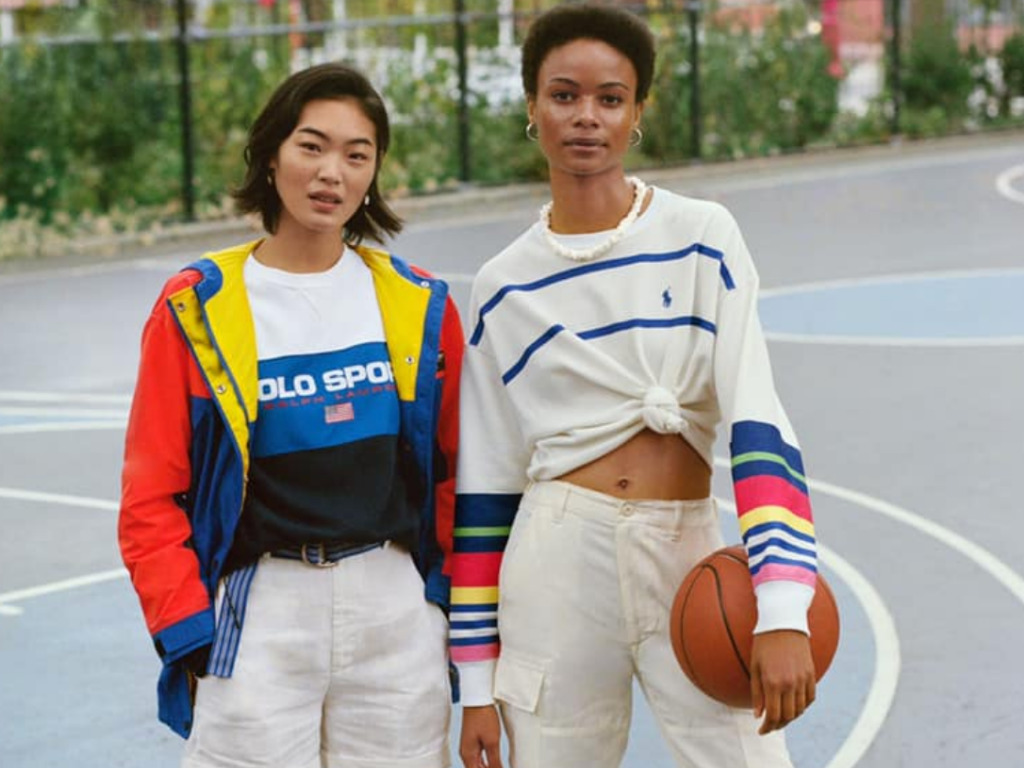4 Mins Read
Ralph Lauren has just unveiled ‘Color on Demand’, what the company describes as the world’s first zero wastewater cotton dyeing system, a process that will recycle and reuse water from the textile dyeing process, in an effort to address the fashion industry’s mass water wastage.
Through the Color on Demand system, the U.S.-based leading fashion brand, Ralph Lauren, aims to recycle and reuse water from the dyeing process itself.
According to a report from the Ellen MacArthur Foundation, Circular Fibres Initiative, the process of dyeing fabric uses trillions of litres of water and is the industry is for 20% of the world’s wastewater.
Ralph Lauren’s new system has been developed along with agrochemical giant Dow who worked extensively on the science of materials in order to tackle this issue and address the pollution and water scarcity that results from cotton dyeing,
In the first phase, a pre-treatment solution created by Dow for cotton textiles called EcoFast Pure Sustainable Textile Treatment was implemented using already existing dyeing equipment, and compared to the conventional dyeing process, this one uses 40% less water, 85% fewer chemicals, and a 60% reduction in carbon footprint.
In a press release seen by Green Queen, chief product and sustainability officer at Ralph Lauren Halide Alagöz said that traditional colour dyeing is one of the most polluting practices in the fashion industry. “And as a global brand, we recognised the need to create a scalable solution. Colour on Demand significantly reduces the environmental impact of dyeing cotton, and as an added benefit, will enable us to better balance inventory and meet personalised consumer demands faster than ever before.”
Apart from Dow, Lauren was supported by Jeanologia, a technology company that develops sustainable solutions for garment and fabric finishing and contributed knowledge in dyeing and close loop water treatment systems; Huntsman Textile Effects, an expert in textile dyes and chemicals; and Corob, a technology company that dispenses and mixes solutions to create innovative changes in the colouring process.
By 2025, the U.S. fashion brand aims to make 80% of its solid cotton-dyed offerings using this new system.
Color on Demand significantly reduces the environmental impact of dyeing cotton, and as an added benefit, will enable us to better balance inventory and meet personalized consumer demands faster than ever before
Halide Alagöz, chief product and sustainability officer at Ralph Lauren
According to data from the United Nations, it is estimated that the global fashion industry is responsible for 10% of global carbon emissions, 92 million tonnes of annual landfill waste, and 20% of water wastage.
In addition to reducing water wastage, the company plans to establish an efficient and sustainable way of dyeing cotton and this new system moves the dyeing process option to any point in product manufacturing compared to the traditional process that gives this option only at the beginning of the production cycle, along with decreasing lead times.
Ralph Lauren joined forces with the World Wildlife Foundation to reduce its water use by 20% and completely eliminate hazardous textile chemicals from its supply chain by 2025.
Senior vice president, private sector engagement at World Wildlife Fund, Sheila Bonini, said: “Water scarcity and pollution are important issues for the fashion industry, and through our partnership with Ralph Lauren we are working toward addressing these challenges. Technology has the ability to accelerate change at a scale that matters, so it’s exciting to see Ralph Lauren establishing innovative new models that transform outdated practices and can deliver measurable outcomes for people and planet. This is exactly the kind of leadership we need to see from the fashion industry.”
Ralph Lauren is part of the G7 Fashion Pact, a group of fashion leaders that are working together to restore biodiversity and protect the earth’s oceans. It recently launched the Design the Change strategy that aims to drive progress in protecting the environment.
The company is also a signatory to the We Are Still In declaration and the U.N Fashion Industry Charter for Climate Action, and has committed to reduce its emissions in line with the Paris Agreement goals.
Ralph Lauren has extended its support to Natural Fiber Welding, a technology company that is commercializing sustainable materials and is looking to set up a new facility to produce plastic-free and plant-based leather. The fashion giant has invested a minor sum in the company and plans to use NFW’s technology to develop clothing from natural and sustainable materials.
Apart from Ralph Lauren, several brands are showing their support for the environment, for instance, the Apparel Impact Institute has joined forces with Stella McCartney, Burberry, and French luxury fashion group Kering for a project that aims to reduce the environmental footprint of Italy’s luxury fashion supply chain.
Footwear brands too like Nike and Adidas are switching to sustainability by creating shoes with animal-free leather and the latter planning to grow its plant-based range along with producing 60% of all its products using recycled sources.
Lead image courtesy of Ralph Lauren.



